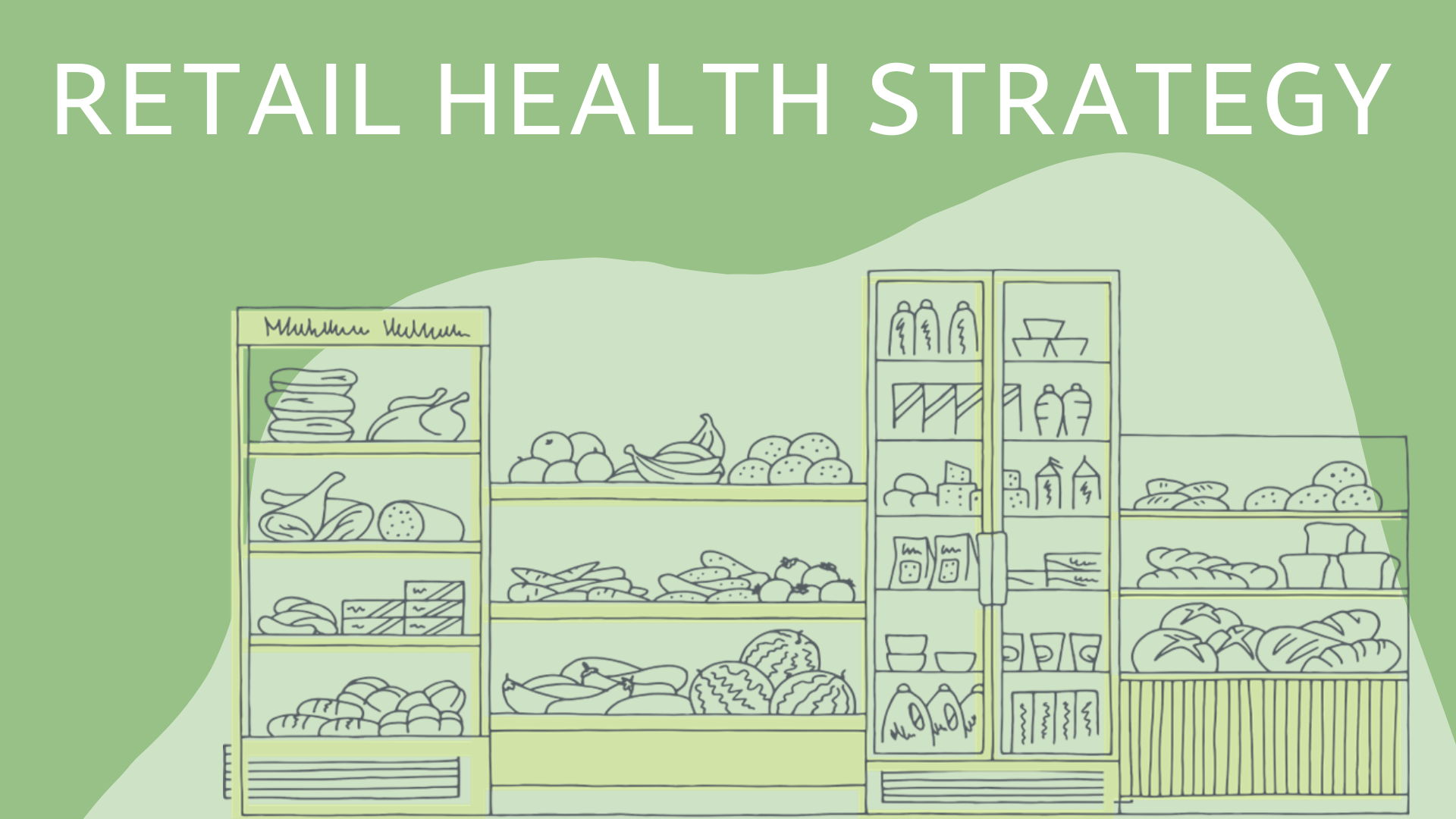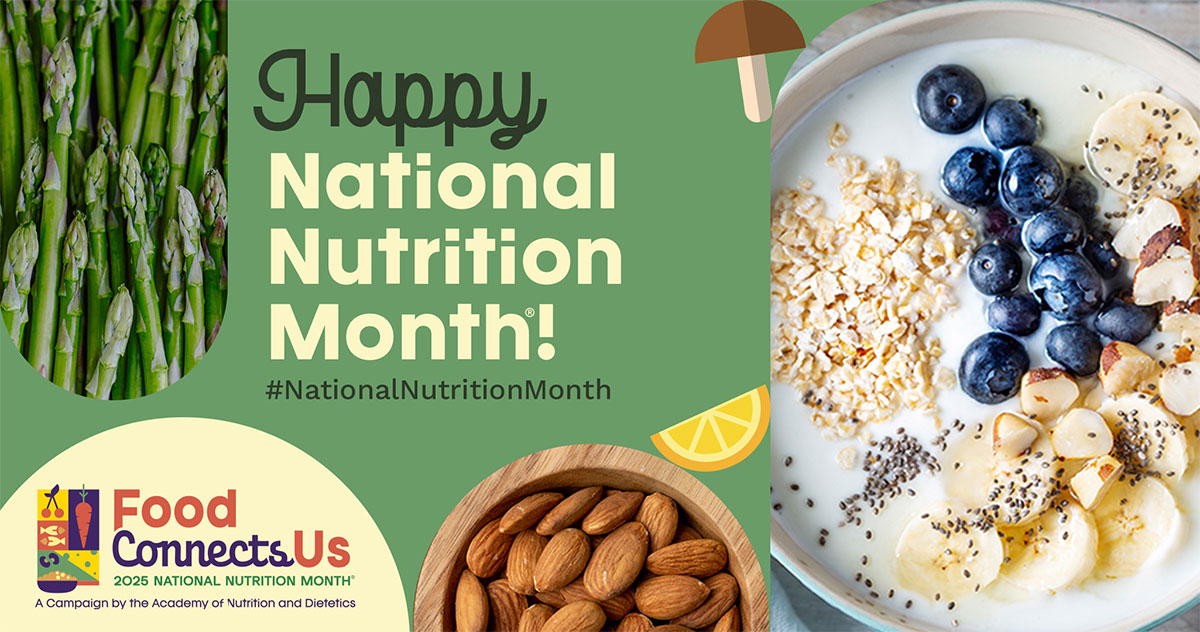By: Morgan Griffin, Specialist, Communications, FMI

We know from the U.S. Grocery Shopper Trends 2023 report focused on the value matrix shoppers are weighing more than just price and quality these days. Convenience, relevance and experience all play a role in shopper mindsets. I too weigh a lot more than just price and convenience into my grocery purchasing decisions. Living gluten-free has had a profound impact on my grocery shopping habits. When I discovered my gluten sensitivity in 2018, my values shifted towards finding gluten-free, nutritious and delicious options. While the availability of gluten-free products has improved over the years, my focus remains on getting the best value for my money without compromising taste or convenience.
Value for Money
One of my main concerns when shopping for gluten-free products is the higher cost associated with alternative options. I strive to find products that offer the best value in terms of taste, convenience, and price. This requires me to spend more time reading food labels, exploring local grocery aisles and searching for gluten-free alternatives that can match the experience of gluten-containing products. Some products I gravitate towards are naturally gluten-free like unseasoned fruits, vegetables and meat, poultry, eggs, nuts, dairy products, and rice. These products are easy to shop for because I know I’m getting a product that is not only safe for me, but also of great nutritional value.
FMI’s registered dietician nutritionist (RDN) and Senior Director of Health and Well-being, Krystal Register, offered some context for those who struggle with the transition from “normal eating” to a gluten-free diet:
“It takes time to learn how to shop the entire store, comfortably adding naturally gluten-free foods to your basket, while reading labels on all the other items you need to build meals and snacks, like sauces, dressings, and alternatives to things like pasta and bread. Once you have that part down, it really opens the door to the grocery store as a destination for health and well-being, and as you know there are no medications or treatments available other than not ingesting gluten, so quite honestly the grocery store becomes the pharmacy of sorts.”
Ingredient Transparency Provides Value
Although product labels now regularly show allergens, and offer alternative labels for gluten-sensitive options, ingredient transparency remains a concern, especially since gluten—as opposed to wheat—is not a top nine allergen. Due to the recent release from the FDA, I am now confident that the products labeled gluten free are safe for me to eat. Not only does this provide added value, but it also increases the convenience of shopping significantly.
Living gluten-free has shaped my perspectives and priorities, placing value in the grocery store as a destination for health and well-being. I seek value for our money by finding gluten-free products that are both delicious and convenient. Ingredient transparency plays a crucial role in my decision-making process, as I choose brands that clearly commit to providing gluten-free solutions. Furthermore, the increased accessibility of gluten-free options has made me more grateful to the brands and stores that cater to my dietary needs. As the demand for gluten-free products continues to grow, I hope to see even more innovative and affordable options that align with my values and provide an enjoyable eating experience for all.


 Industry Topics address your specific area of expertise with resources, reports, events and more.
Industry Topics address your specific area of expertise with resources, reports, events and more.
 Our Research covers consumer behavior and retail operation benchmarks so you can make informed business decisions.
Our Research covers consumer behavior and retail operation benchmarks so you can make informed business decisions.
 Events and Education including online and in-person help you advance your food retail career.
Events and Education including online and in-person help you advance your food retail career.
 Food Safety training, resources and guidance that help you create a company food safety culture.
Food Safety training, resources and guidance that help you create a company food safety culture.
 Government Affairs work — federal and state — on the latest food industry policy, regulatory and legislative issues.
Government Affairs work — federal and state — on the latest food industry policy, regulatory and legislative issues.
 Get Involved. From industry awards to newsletters and committees, these resources help you take advantage of your membership.
Get Involved. From industry awards to newsletters and committees, these resources help you take advantage of your membership.
 Best practices, guidance documents, infographics, signage and more for the food industry on the COVID-19 pandemic.
Best practices, guidance documents, infographics, signage and more for the food industry on the COVID-19 pandemic.
